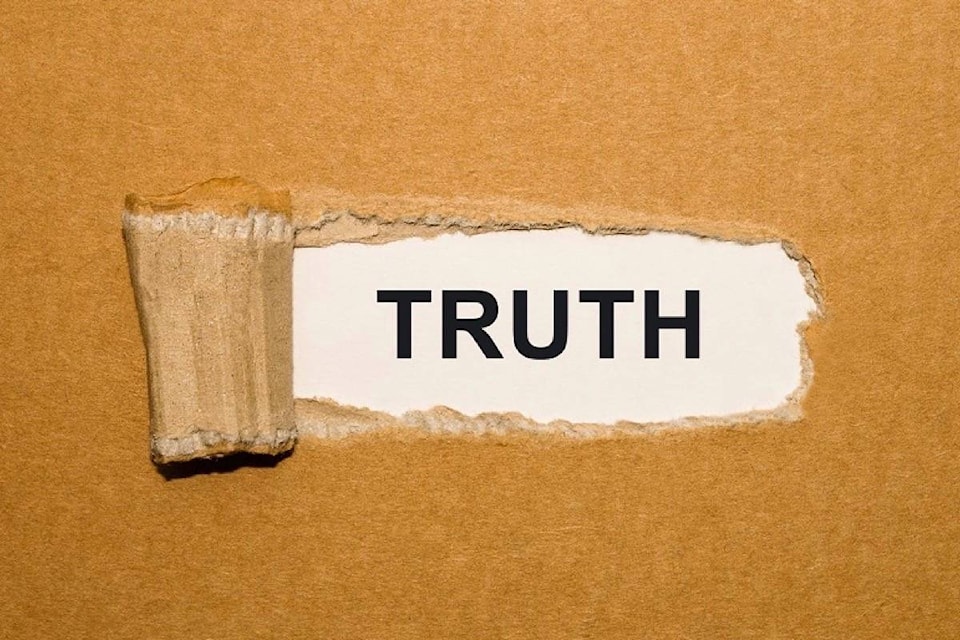- Paul Hergott
sa���ʴ�ý�Bold faced lie!sa���ʴ�ý� exclaimed my daughter, Cassidy, during a game of One Night Ultimate Werewolf. Lying is a feature of the game, where player identities are secret and clues are gathered before an execution.
Townsfolk struggle to identify and execute at least one werewolf. If not, the werewolves win.
Cassidy and her friends are pathetic liars. Giggling is a common sa���ʴ�ý�tellsa���ʴ�ý�. And itsa���ʴ�ý�s a struggle for them to come up with a lie that fits with known facts.
Their ability to identify a lie is also poor, even with the sa���ʴ�ý�tellssa���ʴ�ý�. So when a lie directly contradicts a known fact they excitedly pounce on it.
I love that my children, and their friends, are pathetic liars. Theysa���ʴ�ý�re clearly not practiced. Though Isa���ʴ�ý�d appreciate a touch more of a skill at identifying the lies of others!
How do judges do it? How does a judge figure out who is telling the truth and who is lying? Do judges benefit from some divine insight into the hearts and minds of the witnesses appearing before them? Is there special training in identifying the sa���ʴ�ý�tellssa���ʴ�ý� of those not being entirely truthful? Will a more practiced liarsa���ʴ�ý�s story carry the day and lead to injustice?
A decision of British Columbiasa���ʴ�ý�s highest court (the British Columbia Court of Appeal) from more than half a century ago sheds light on those questions. Unless you are a practiced liar, you will appreciate the comments of Mr. Justice Osa���ʴ�ý�Halloran, in Faryna v. Chorny [1952] 2 D.L.R. 354 (B.C.C.A.), who identifies the problem of assessing sa���ʴ�ý�sa���ʴ�ý�the testimony of quick-witted, experienced and confident witnesses, and of those shrewd persons adept in the half-lie and of long and successful experience in combining skillful exaggeration with partial suppression of the truth.sa���ʴ�ý�
Mr. Justice Osa���ʴ�ý�Halloran goes on to identify an even more difficult puzzle, i.e. identifying when a witness has the honest intention to give accurate testimony, but is mistaken. No sa���ʴ�ý�tellsa���ʴ�ý� there! He put it as follows: sa���ʴ�ý�Again a witness may testify what he sincerely believes to be true, but he may be quite honestly mistaken. For a trial judge to say sa���ʴ�ý�I believe him because I judge him to be telling the truth,sa���ʴ�ý� is to come to a conclusion on consideration of only half the problem.sa���ʴ�ý�
The judge specifically noted a lack of divine insight into the hearts and minds of witnesses.
The solution, when faced with both skillful liars and those mistakenly believing they are telling the truth? Mr. Justice Osa���ʴ�ý�Halloran said that you compare the witnesssa���ʴ�ý�s version of events against whatsa���ʴ�ý�s likely to be true in the context of other known facts. In his much more eloquent words: sa���ʴ�ý�In short, the real test of the truth of the story of a witness in such a case must be its harmony with the preponderance of the probabilities which a practical and informed person would readily recognize as reasonable in that place and in those conditions.sa���ʴ�ý�
Itsa���ʴ�ý�s not about how good a liar you are. Itsa���ʴ�ý�s about how well your story fits with whatsa���ʴ�ý�s most likely to be true.
But if that was the only test applied by judges, all you would have to do is weave the best fitting story. A much more recent judgment offers a number of additional factors that trial judges rely on to get to the truth. I will share those factors in my next column.
Paul Hergott is a personal injury lawyer with Hergott Law.
Like us on and follow us on .



